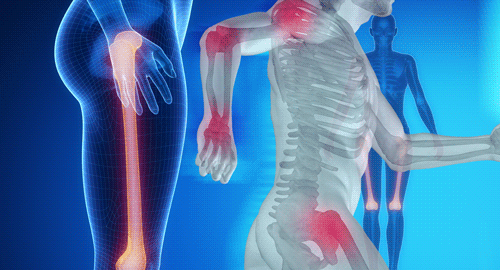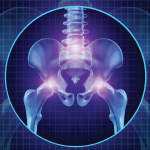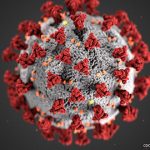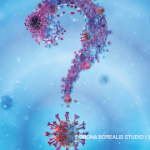 When a middle-aged woman presents with lateral hip pain, the pain could be due to pathology in the hip joint, pelvis or lumbar spine. It could also be from gluteal tendinopathy. Physical tests can help determine the source of the pain, and a new study provides clinicians with some guidance regarding which tests are most useful in diagnosing gluteal tendinopathy in patients with lateral hip pain.
When a middle-aged woman presents with lateral hip pain, the pain could be due to pathology in the hip joint, pelvis or lumbar spine. It could also be from gluteal tendinopathy. Physical tests can help determine the source of the pain, and a new study provides clinicians with some guidance regarding which tests are most useful in diagnosing gluteal tendinopathy in patients with lateral hip pain.
Alison Grimaldi, PhD, a physiotherapy researcher at the University of Queensland in Australia, and colleagues reported on the diagnostic utility of clinical tests for gluteal tendinopathy online Sept. 15 in the British Journal of Sports Medicine.1 Although the small study included only 65 patients (69% women), it is the largest study of its kind thus far. The investigators sought to determine the diagnostic utility of clinical tests for gluteal tendinopathy, using magnetic resonance imaging (MRI) as a reference standard. The mean age of the subjects was 54.9 ±9 years. Approximately half of the participants had a positive clinical diagnosis of gluteal tendinopathy, and approximately three-quarters had MRI-diagnosed gluteal tendinopathy.
The researchers found that physical tests that involve an active muscle contraction component are most useful in identifying gluteal tendinopathy as diagnosed by MRI. In particular, a combination of tests involving compression and active tension (specificity) and palpation (sensitivity) has the greatest diagnostic utility. The investigators note, however, that all of the clinical tests, with the exception of palpation, had a high percentage of false negatives.
The team reports that patients who had lateral hip pain within 30 seconds of single-leg standing on the affected limb were likely to be diagnosed with gluteal tendinopathy by MRI. This single leg stance (SLS) test had a specificity of 100% and such pain conclusively moved a 50% pretest probability of gluteal tendinopathy presence on MRI to a post-test probability of 98%. Unfortunately, although the Trendelenburg-like SLS assessments that test the ability of the hip abductor muscles to control pelvic posture had high specificity, they also had low sensitivity for MRI-detected gluteal tendinopathy.
The researchers note that patients with lateral hip pain who are not palpably tender over the greater trochanter are unlikely to have MRI-detected gluteal tendinopathy. They calculated that no pain on palpation delivered 80% sensitivity. In contrast, pain upon palpation over the greater trochanter had a sensitivity of 80% and an accuracy rate of 72%. Unfortunately, it also had a low specificity of 47%. The hip flexion, adduction, external rotation (FADER) and passive hip adduction in side lying (ADD) tests both had high specificity of 86.67% and high positive predictive value of 88.24% (FADER) and 83.33% (ADD). All told, the investigators found that 20% of the participants had gluteal tendinopathy on MRI, but were not positive on palpation and another test and, thus, were clinically negative.
Lara C. Pullen, PhD, is a medical writer based in the Chicago area.
Reference
- Grimaldi A, Mellor R, Nicolson P, et al. Utility of clinical tests to diagnose MRI-confirmed gluteal tendinopathy in patients presenting with lateral hip pain. Br J Sports Med. 2016 Sep 15. pii: bjsports-2016-096175. doi: 10.1136/bjsports-2016-096175. [Epub ahead of print]


